A top program needs top facilities. Why it’s time for a new AE building to match the quality of the program’s education and research.
(text and background only visible when logged in)
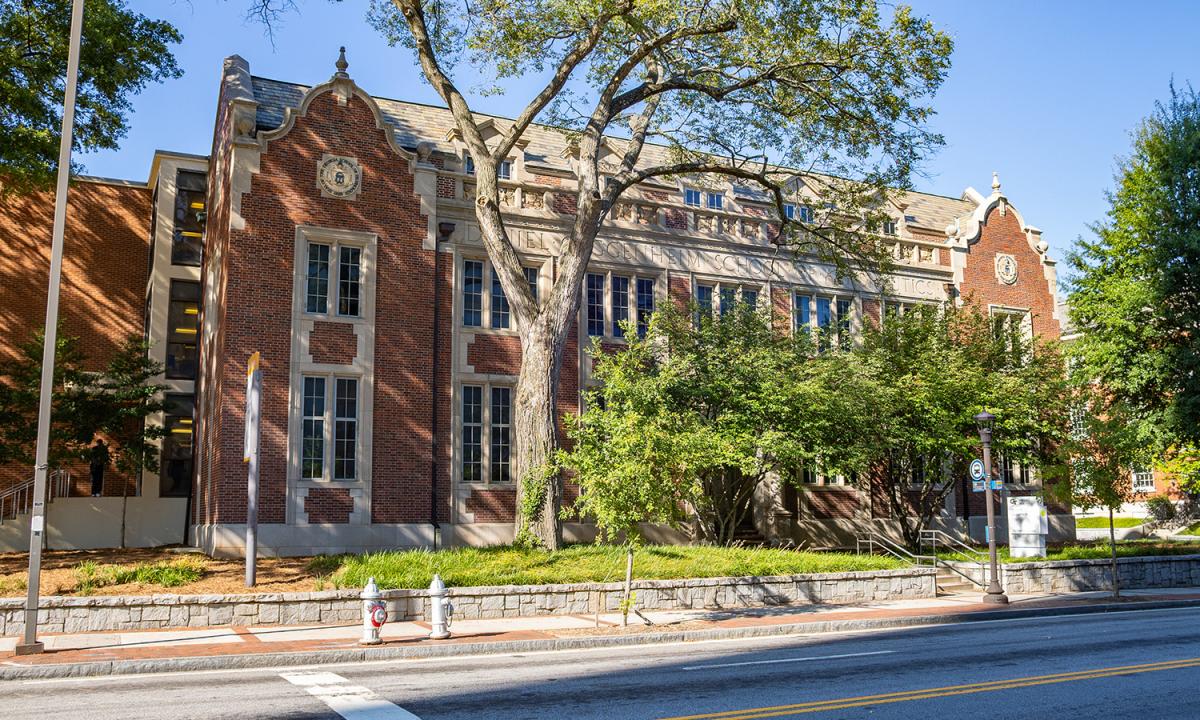
The School has outgrown the Guggenheim building, completed in 1931, and other existing facilities. (Photo: Candler Hobbs)
The last time Georgia Tech opened new aerospace engineering buildings, humans had yet to walk on the moon.
And two of the four main buildings dedicated to AE were built in the 1930s, when cloth still covered many airplane wings and Tech students took classes about piston engines and hydraulics.
That’s four structures housing the nation’s No. 2 AE program, and they’re older than most current students’ parents. Even with renovations and improvements over the years, the leader of the Daniel Guggenheim School of Aerospace Engineering says its time — beyond time — to upgrade.
“The truth is, we needed a new building 35-40 years ago, when computing, electronics, and sensors started to revolutionize the aerospace industry,” said Mitchell Walker, the W.R.T. Oakes Chair of the School. “Aerospace has since become a foundational tool. It is the infrastructure we use to move people and products around and beyond Earth. Aerospace, via satellites, is also how we exchange the information that powers our global economy.”
The other truth is that the School is bursting at the seams with the largest enrollment among the nation’s public aerospace programs. Walker said astrobiology research is limited because AE lacks dedicated wet labs and fume hoods. Researchers can’t do experiments related to lunar and Martian regolith because AE buildings lack high-end ventilation systems. And two of the main areas where students gather to work and study — the Loewy Library and AE computer lab — each fit about 50 people. That’s less than 3% of the student population.
“Our mission control room, which communicates with Georgia Tech-built spacecraft, is tucked into a small attic with wooden rafters,” Walker said. “After walking up three flights of stairs to a cramped space, our students and faculty do amazing work in that room. But when NASA, commercial space companies, and other high-end sponsors come to visit, it looks like a shoestring operation. It hurts our competitiveness when the workspace doesn’t match the quality of service we’re able to provide.”
Walker said it’s time for the quality of the facilities to match the quality of the learning, discovery, and innovation that happens in those places.
“We’re the country’s No. 1 public aerospace program, and we attract world-class faculty,” he said. “Just imagine how much more we’d accomplish — for students, for the industry, and for society — if we matched those achievements with new classrooms, labs, and research space.”
Total enrollment growth in aerospace engineering since Fall 2017
The year the aerospace engineering program will celebrate its 100th anniversary
The year Georgia Tech’s newest aerospace building opened. Peer programs opened new buildings in:
1993 — University of Michigan
2007 — Purdue University
2019 — University of Colorado
2022 — University of Illinois
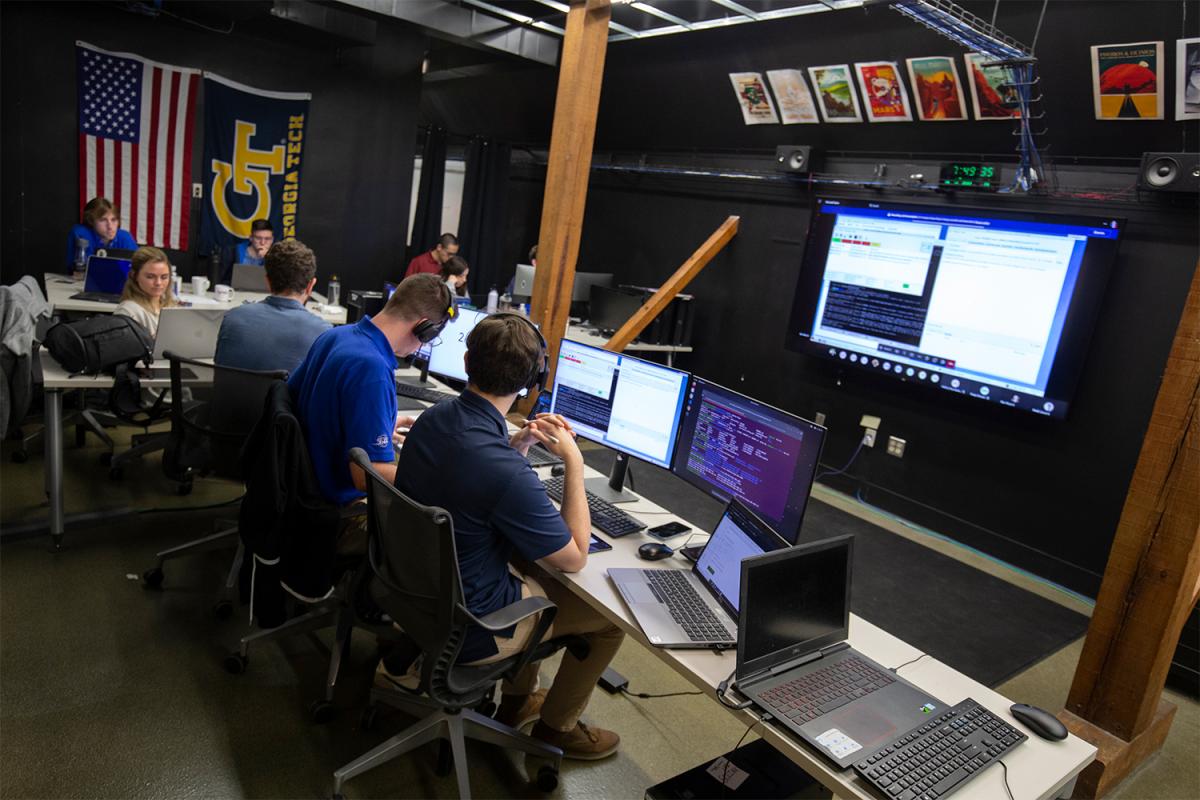
The School’s current mission control room in an attic space. (Photo: Candler Hobbs)
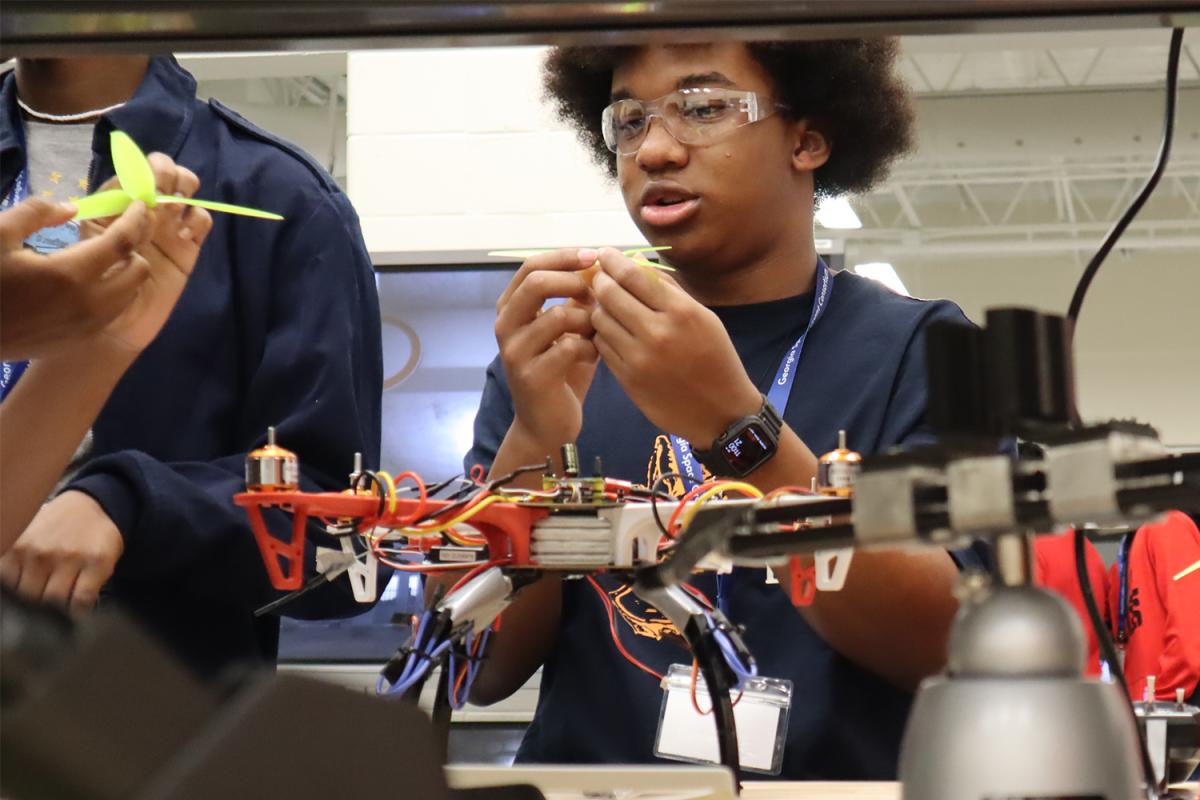
The Guggenheim School hosts a free summer camp to introduce Georgia high schoolers to engineering.
(text and background only visible when logged in)
(text and background only visible when logged in)
Related Stories
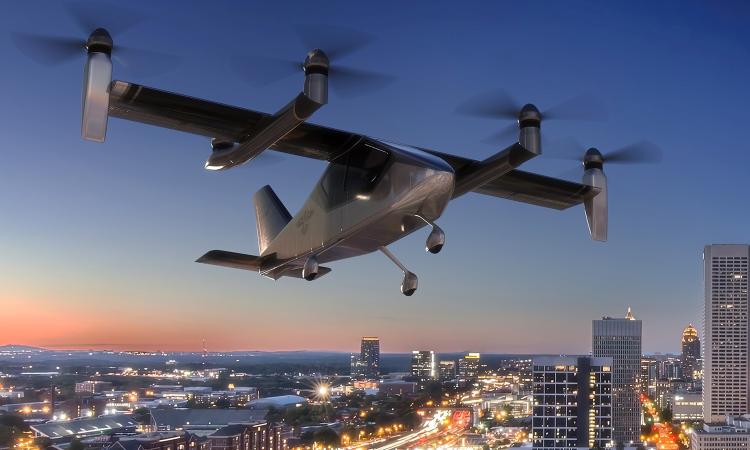
Engineering 21st Century Flight
The new ideas and emerging designs that will carry us into the future thanks to the work of Georgia Tech engineers.
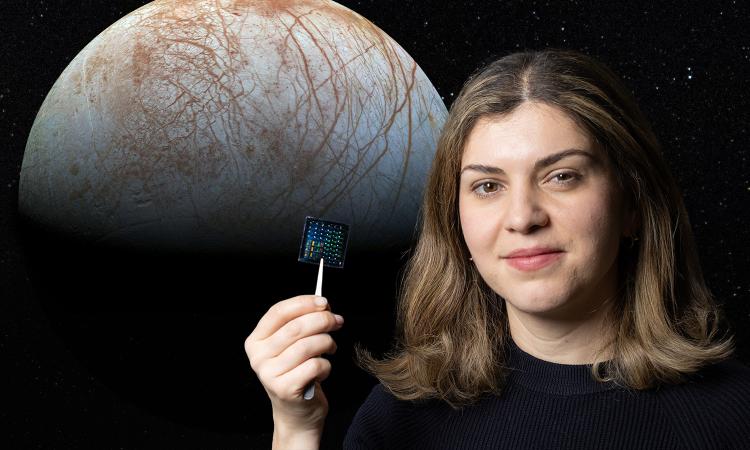
Space: The Current Frontier
Our engineers have the solar system covered, with projects hundreds — or millions — of miles from home.

These Engineers are Flying High
Meet alumni working at some of the world’s leading aerospace organizations to innovate, fly safer, and travel farther.
(text and background only visible when logged in)

Helluva Engineer
This story originally appeared in the Spring 2025 issue of Helluva Engineer magazine.
Not where we are, but where we’re going — whether it’s here on the ground or millions of miles away. Georgia Tech engineers are shaping the rapidly shifting future of how we’ll fly people and stuff. Our engineers are helping get humans to the moon and, eventually, Mars, while creating the tools to help us unravel some of our solar system’s deepest mysteries. The sky is no limit in the Georgia Tech College of Engineering. Take off with us into The Aerospace Issue.